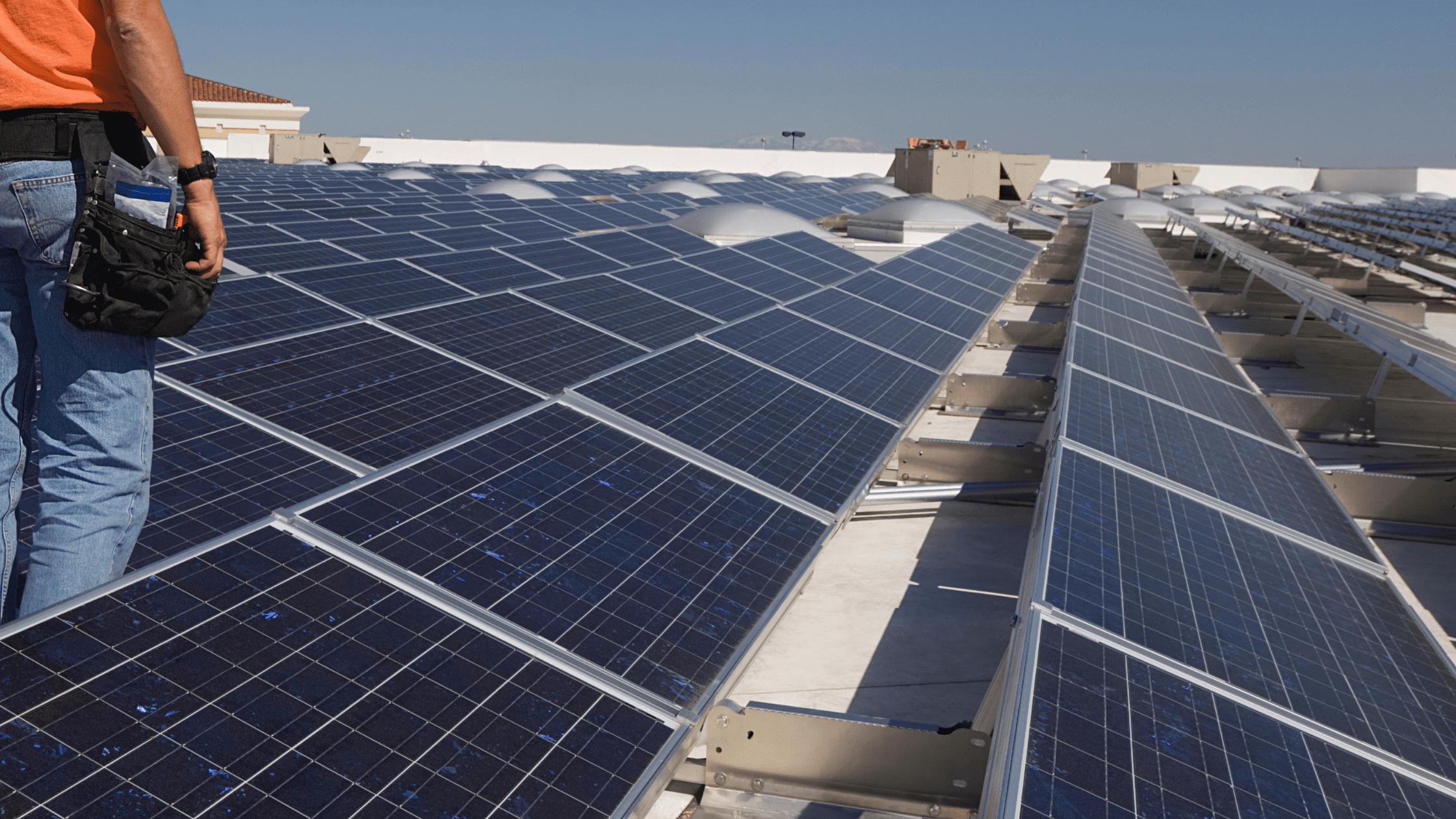Feb 20, 2024 | RACHAEL ANDREW
Scientists and policymakers agree that global warming must stay below 1.5°C above pre-industrial temperatures to prevent a climate crisis. To stay on track, global emissions need to be reduced by 45% by 2030 and we need to reach net zero emissions by 2050. But how do we achieve this?
Carbon reduction and carbon removal are two methods of controlling greenhouse gas emissions to reach net zero. In this blog, we will explain the differences between the two methods, highlighting the benefits and limitations of each.
Carbon Removal
Carbon dioxide removal (CDR) is when we extract carbon from the atmosphere to store it in nature or geological structures for example. Natural carbon removal through options such as reforestation, peatland restoration or other nature-based methods have been around for a while, however efforts to develop technological methods have also been gaining attention recently.
The increased interest in CDR has largely been driven by the UN‘s Intergovernmental Panel on Climate Change (IPCC) estimation that we need to remove at least 8 billion tons of CO₂ from the atmosphere every year by 2050 to stay below the 1.5°C global warming limit.
Let’s take a closer look at natural carbon removal methods.
- Reforestation: Plants and trees remove carbon dioxide from the atmosphere and store carbon dioxide using photosynthesis. Therefore expanding, restoring and managing forestation to encourage more carbon uptake can leverage photosynthesis by converting carbon dioxide in the air into stored carbon in wood and soils.
- Farms and Soils: Soils naturally remove and store carbon from the atmosphere. Planting cover crops when fields are bare can enhance photosynthesis opportunities, or using compost can improve yields while storing the composts carbon in the soil. However, frequent ploughing and erosion from intensive farming activities means most of the carbon stored ion our soils is released.
The UK has launched 6 nature projects to test different methods, you can read about them here.

These natural carbon removal methods have co-benefits such as biodiversity and habitat conservation and they are also cost effective.
However, as natural carbon removal methods depend on the quality of land, local climate conditions and can take long periods to generate returns, options for technological carbon removal have been gaining more attention. Direct Air Capture (DAC) is one of the most popular methods being considered.
With DAC, air is drawn through a fan and passed through a filter which traps carbon dioxide particles and chemically binds them. The filter is then heated up, and the carbon dioxide is released to either be stored or reused for other applications.
DAC allows us to have more control over carbon removal, including how it’s used after removal, for example in synthetic fuel production, contributing to a circular carbon economy. It also has the benefit of being independent from natural conditions, increasing the speed at which methods are deployed and effective.
However, technological carbon removal also has its drawbacks. These methods require significant investment and to date there is limited infrastructure available for deployment to the scale required. They are also energy intensive, which could be counterproductive and lead to increased greenhouse gases.
There are concerns that carbon removal solutions such as DAC will slow down the clean energy transition, arguing that relying on removal technology with limited testing before fully embracing reduction options such as renewable energy is not the solution.
Therefore, with the controversies and limitations surrounding carbon removal, carbon reduction is still the priority, as we need to reduce our emissions, be more energy efficient and simply produce fewer GHGs in the ways we live and work. Only then should we look to removals, when we can’t reduce any further.
Carbon Reduction
Carbon reduction involves a range of options to change how we live and work so that we produce fewer emissions. Everything from energy efficiency to changing how we travel, heat our homes and what ‘stuff’ we buy is important. Three key options when it comes to carbon reduction are:
1. Switching to renewably sourced electricity: Using a less carbon intensive source for heating, leading to lower carbon emissions, for example switching from coal to natural gas, or preferably electricity powered by renewables.
2. Waste and resource management: Rather than considering waste as the final step in a production process, aiming for a circular economy and finding ways to reuse and repurpose the resources we currently allow to go to waste.
If you want to read more about waste management and the importance of compliance read our blog here.
We also have a blog on circular economy, which you can read here.
3. Fuel switching: Using a less carbon intensive source for heating, leading to lower carbon emissions, for example switching from coal to natural gas, or preferably electricity powered by renewables.
Compared to removal, carbon reduction has many benefits and less risk. Carbon reduction often involves transitioning to sustainable and renewable practices, fostering long-term changes in the way we produce and use energy and in how we live, work and travel. This provides an immediate impact by reducing ongoing emissions and slowing the rate of climate change, crucial for preventing further damage to the planet. Reducing carbon emissions is a must for a sustainable future and it’s where we have to focus our net zero efforts.

Conclusion
Carbon reduction and removal are both essential if we’re to get to net zero, however in the earlier stages of working toward a shared 2050 goal, companies should focus primarily on reduction opportunities, using removals later for any residual emissions they can’t reduce.
If you’re just starting off on your carbon reduction journey, data is vital for understanding where you currently are, where the opportunities are for reductions and the steps you need to take to reduce your emissions.
Investing in a proven methodology, such as the one we provide at SustainIQ, can help companies start off on the right foot. Grab a chat with us to see how it could work for!
Scientists and policymakers agree that the Earth must stay below 1.5°C to prevent a climate crisis. To achieve this, global emissions, need to be reduced by 45% by 2030 and reach net zero by 2050.
